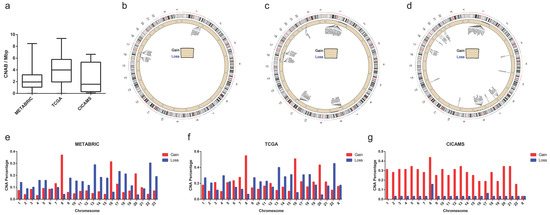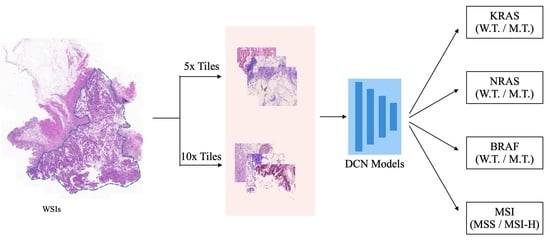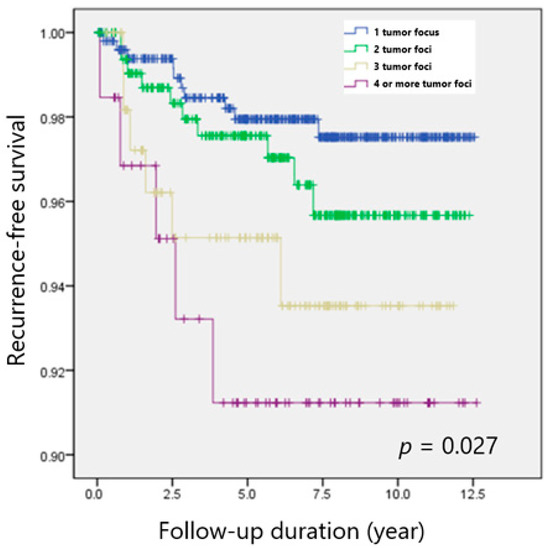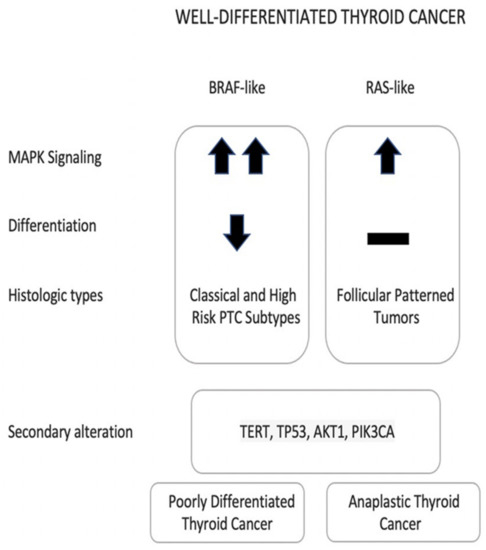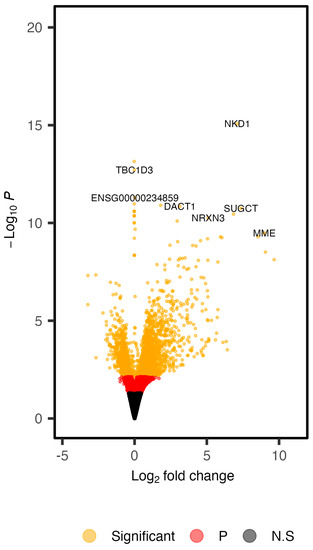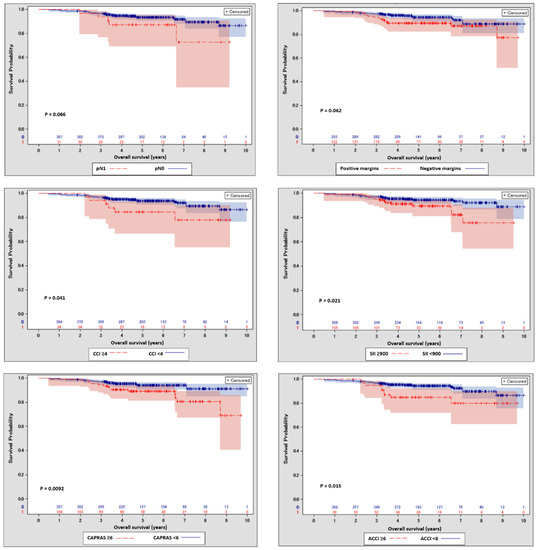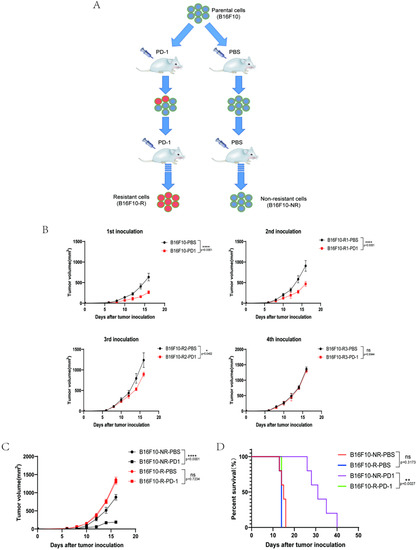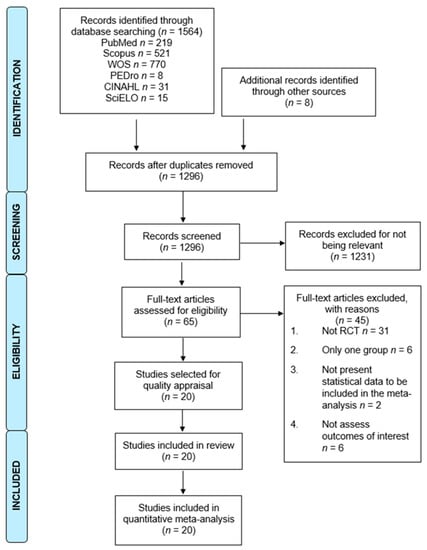Cancers 2022, 14(17), 4147; https://doi.org/10.3390/cancers14174147 - 27 Aug 2022
Cited by 4 | Viewed by 1882
Abstract
Histological evidence is essential for diagnosing malignant biliary strictures. However, conventional brush cytology remains the primary method used worldwide, despite its low diagnostic sensitivity and accuracy, as it is technically easy, rapid, and cost-effective. The aim of this study was to evaluate the
[...] Read more.
Histological evidence is essential for diagnosing malignant biliary strictures. However, conventional brush cytology remains the primary method used worldwide, despite its low diagnostic sensitivity and accuracy, as it is technically easy, rapid, and cost-effective. The aim of this study was to evaluate the diagnostic performance of a recently introduced endoscopic scraper, the simplicity of which is comparable to that of a conventional brush, by comparing diagnostic yields and the number of collected cells. The sensitivity of the endoscopic scraper when using the cell block technique was significantly higher than when using brush cytology or a brush with the cell block technique (53.6% vs. 30.9%, p < 0.001; 53.6% vs. 31.6%, p = 0.024, respectively). Quantitative digital image analysis of cell block sections revealed that the median number of cells obtained with the endoscopic scraper was significantly higher than when using the brush (1917 vs. 1014 cells, p = 0.042). Furthermore, seven cases (8.3%; 7/84) were diagnosed by immunohistochemical analysis of the cell block section obtained from the endoscopic scraper. Given its simplicity and greater capacity for sample acquisition, use of the endoscopic scraper in conjunction with the cell block technique could replace brush cytology for the histological diagnosis of malignant biliary strictures.
Full article
(This article belongs to the Special Issue New Insights into Bilio-Pancreatic Malignancies)
►
Show Figures

